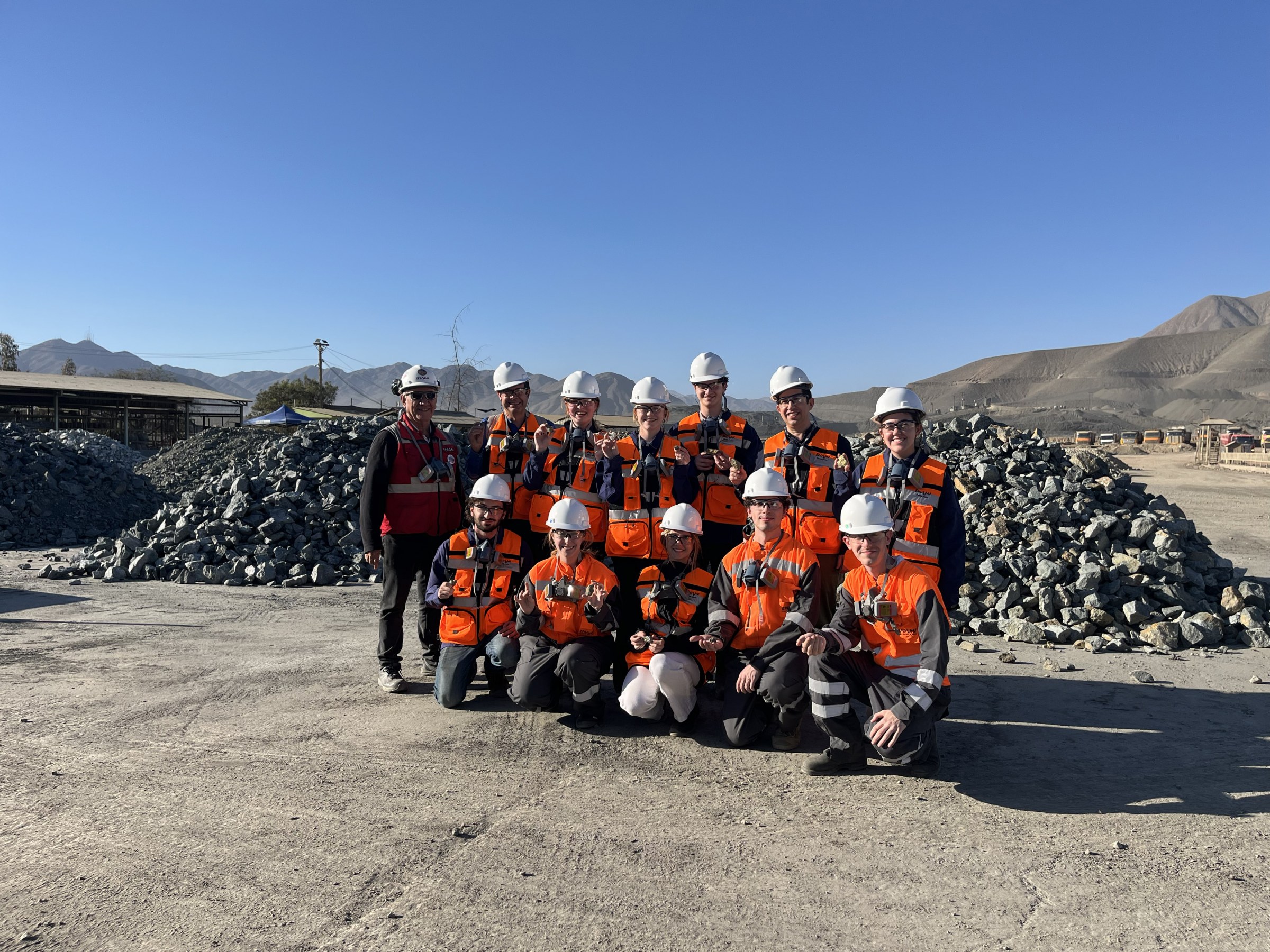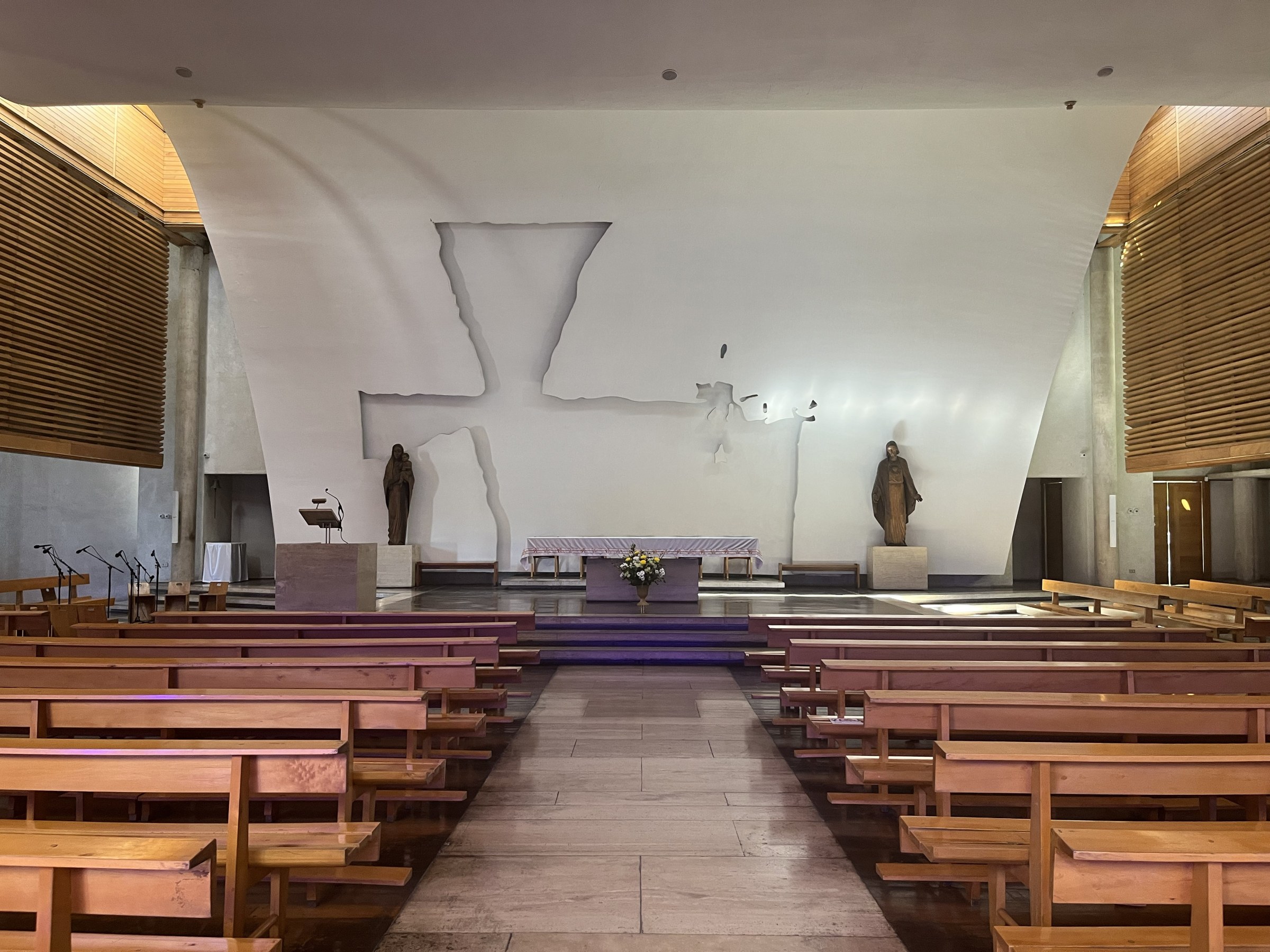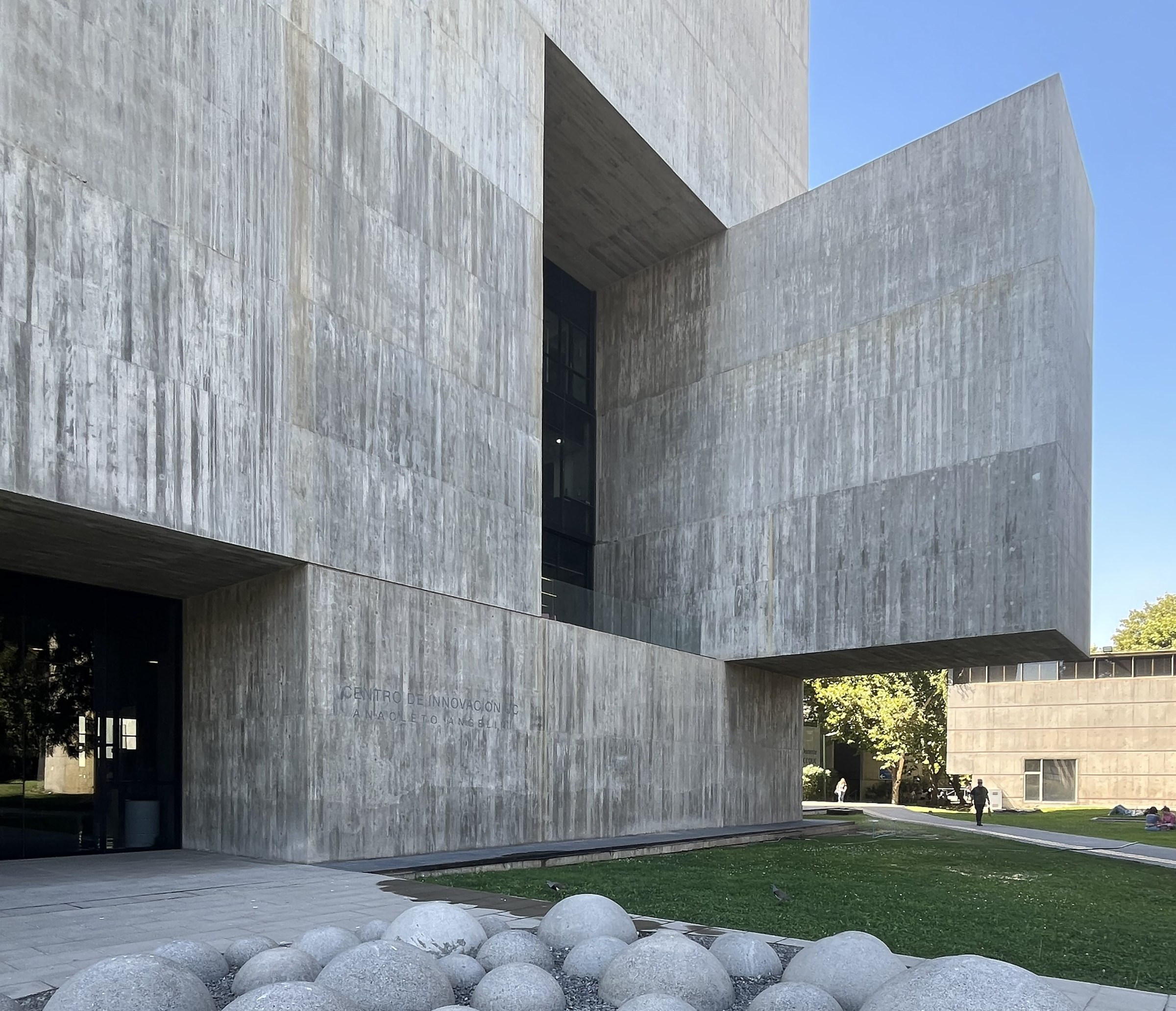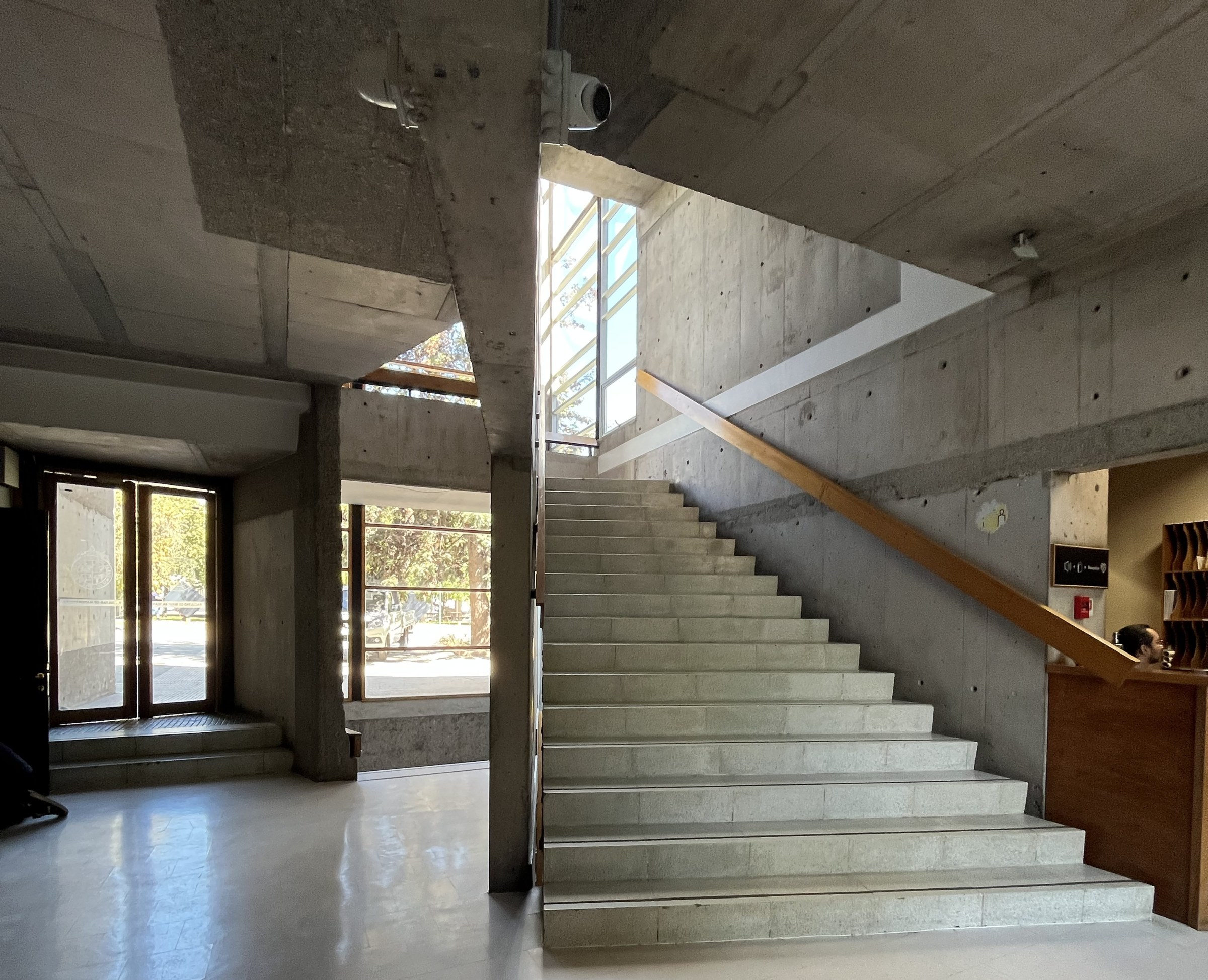Students visit Chile for the "Atacama Desert Project"

MARCH 28, 2025
BY Isabel Berman
A group of students from the Tulane School of Architecture and Built Environment embarked on a seven-day trip under the framework of the Atacama Desert Project, an initiative supported by the Saul A. Mintz Global Studios, the Center on Climate Change and Urbanism, and the Stone Center for Latin American Studies at Tulane.
Students, along with instructors Rubén García Rubio and Cristóbal Molina Baeza, visited Santiago and the Atacama Desert with a full agenda focused on social, cultural, scientific, and technological projects. During this trip, the students visited La Moneda Palace—Governmental Palace and office of the President of the Republic of Chile—, the La Moneda and Palacio Pereira cultural centers, as well as the Chilean Museum of Pre-Columbian Art, the Fragile Architecture Foundation, and various significant works of architecture and urban design in Chile. Notable visits included projects by renowned architects such as Smiljan Radic, Alejandro Aravena/Elemental, Cecilia Puga, Max Núñez, Teodoro Fernández, CAW Arquitectos, and other key figures in contemporary Chilean architecture.
As part of the visit, a series of lectures was held at the School of Architecture, Design, and Urban Studies of the Pontificia Universidad Católica de Chile, featuring by Chile’s National Architecture Prize laureate, Teodoro Fernández, and by Rodrigo Werner of CAW Arquitectos.
In the following days, Tulane students and faculty participated in working meetings at the Atacama Regional Government, with presentations by Rocío Díaz, the Regional Ministerial Secretary of the Ministry of Housing and Urban Development in Atacama, and Constanza Altamirano, the Communal Planning Secretary of the city of Freirina. The Tulane group also held additional sessions with these institutions to guide the architecture and urban design projects under development for this studio. Visits to innovative urban projects such as the Kaukari Floodable Urban Park and Esmeralda Park, as well as architectural projects like the new Atacama Regional Museum in Copiapó, showcase outstanding examples of architecture in extremely arid regions facing water scarcity.
The Tulane students conducted research and fieldwork aimed at creating urban and architectural proposals for the city of Freirina, a historic mining enclave in the Atacama Desert. There, the Huasco River Valley fosters significant agricultural activity in a context marked by extreme aridity and water scarcity. The students´ proposals seek to improve the city´s urban quality and historic preservation, strengthen its relationship with water bodies and the Huasco River, mitigate risks in ravines and areas prone to landslides, mudslides and floodings, and address the prevention of natural disasters stemming from climate change.
The trip to the Atacama Desert was rounded out by visits to desert agricultural fields, mining operations, astronomical observatories, and other cultural activities within the Atacama region.


